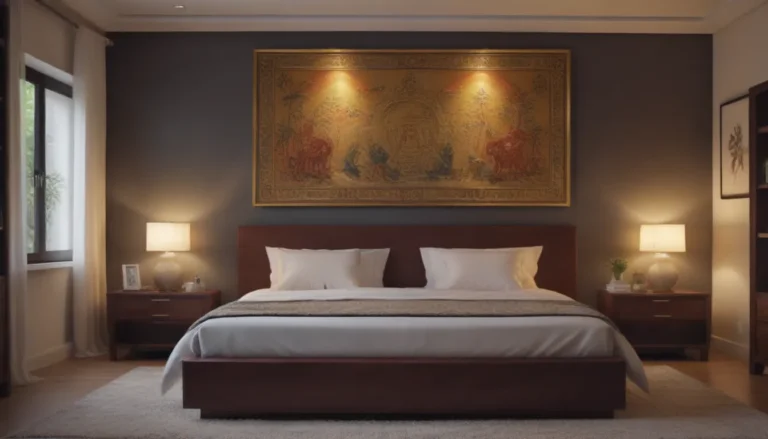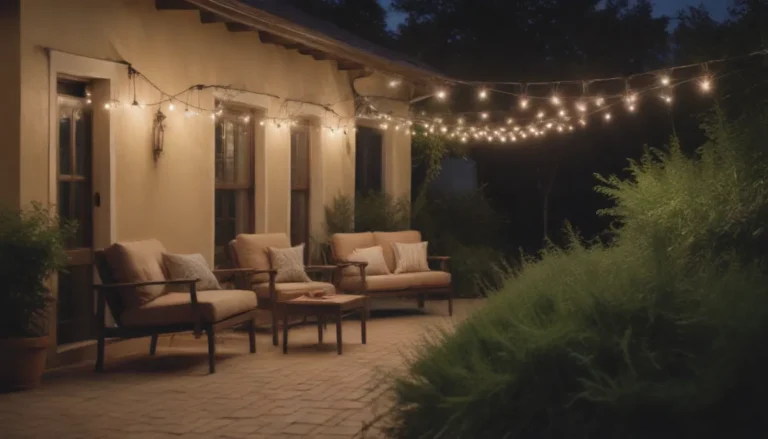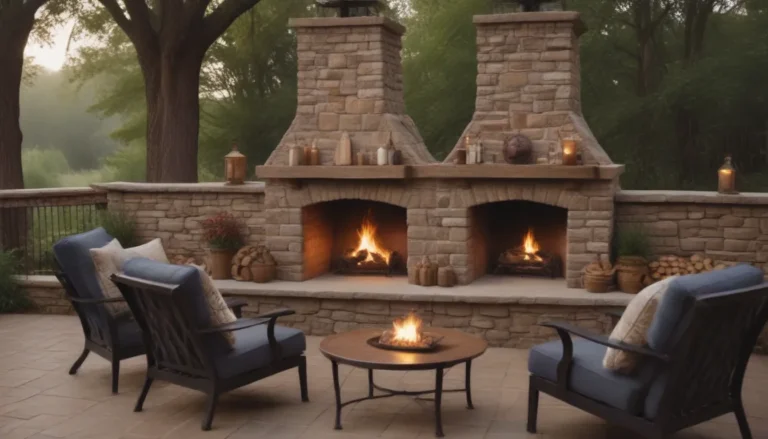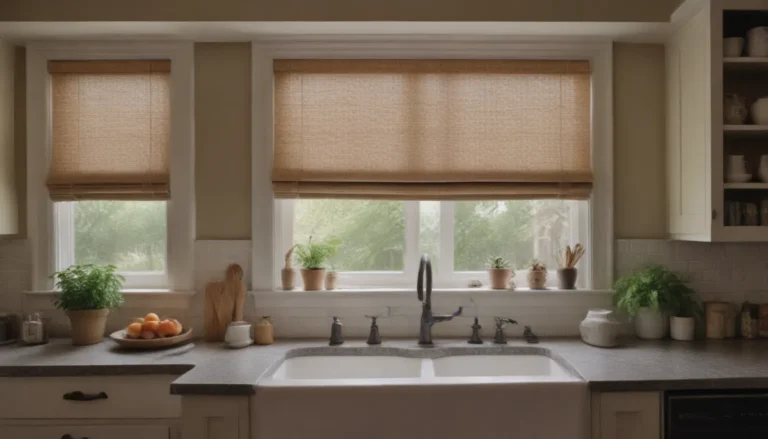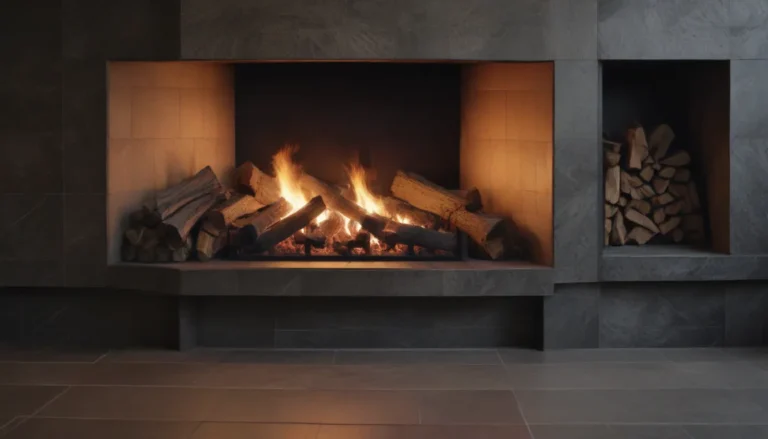Understanding Settees: A Detailed Guide
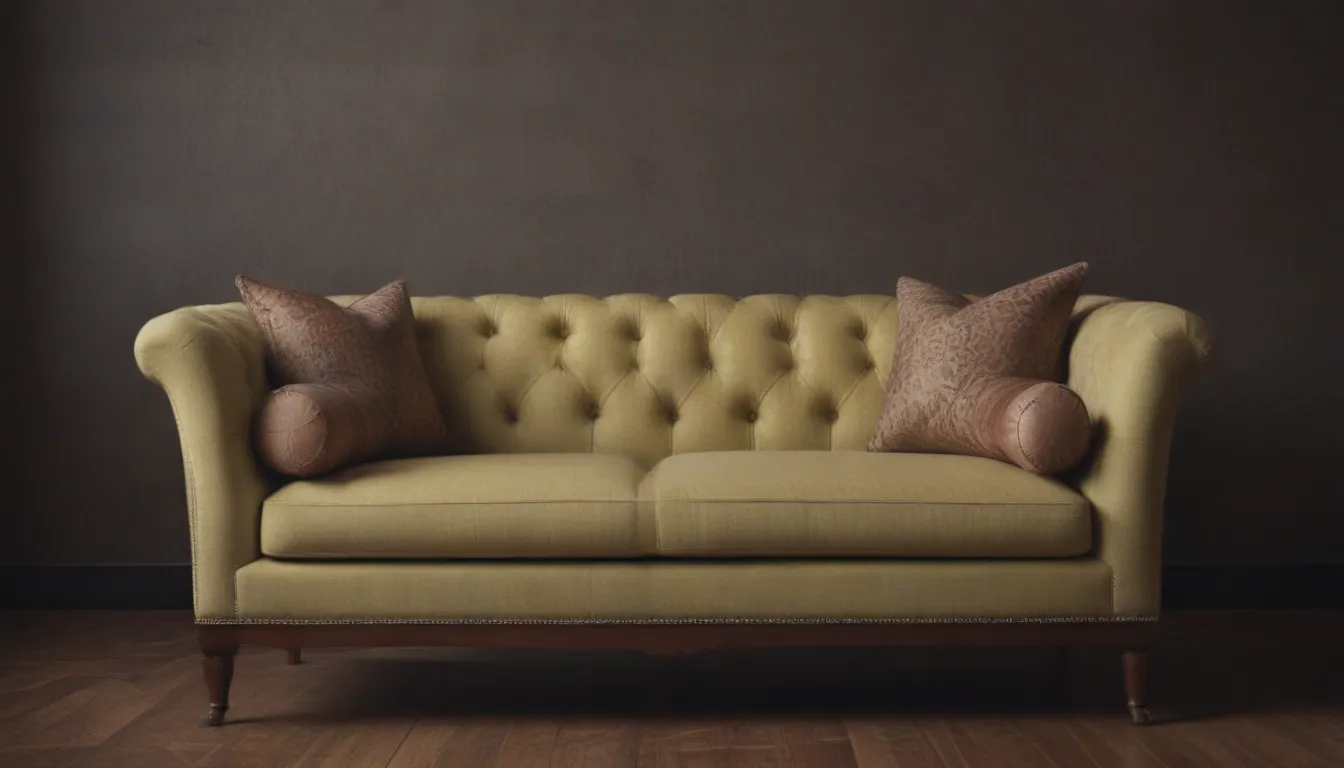
When it comes to furniture, the settee is often a piece that stands out for its unique design and functionality. While you may have encountered a settee before, have you ever wondered about its origins, characteristics, and how to incorporate one into your home decor? In this comprehensive guide, we will delve into the world of settees – exploring their history, defining features, styling tips, and much more.
Unveiling the Expert Opinions
To gain valuable insights into the world of settees, we reached out to a panel of experts in the field. Let’s meet our experts:
- Alessandra Wood: VP of Style at Modsy
- Georgia Zikas: Interior Designer
- Malka Helft: Interior Decorator
- Annie Elliott: Design Consultant
The Essence of a Settee
What sets a settee apart from other furniture pieces, and what is its intended use? According to Alessandra Wood, “A settee is generally a smaller version of a sofa that sits on raised legs and often has a high back. It’s not meant to be a loungey piece, but rather a perch upon which to sit alone or with another person.”
Tracing Back in Time: Origins of Settees
Settees made their debut in the 1700s and played a significant role in seating arrangements of that era. Designer Georgia Zikas explains, “Settees are historically more formal, smaller sofas that eventually evolved to be what we know today as the sofa.” During the 1700s, settees were a staple in formal living spaces, particularly in homes of affluent individuals who often entertained guests.
As furniture styles evolved over time, settees gradually transitioned from being a common household item to a more niche piece of furniture. Despite this shift, their charm and elegant design continue to captivate interior enthusiasts.
Settee vs. Sofa: Spotting the Differences
To differentiate between a settee and a sofa, Malka Helft provides a simple analogy, “Settees are more delicate sofas. A good way to think about them is a sofa meets bench!” While sofas are known for their plushiness and accommodating multiple individuals, settees exude a sense of intimacy by providing a cozy spot for one.
Annie Elliott emphasizes the versatility of settees, stating, “Settees are more versatile because of their small size and petite scale. A settee may take the place of two chairs in a room that already has a sofa.” This adaptability makes settees a valuable addition to various living spaces, offering a touch of elegance and functionality.
Where to Style a Settee: Unconventional Spaces
Gone are the days when settees were confined to living rooms. Today, these versatile pieces have found their way into unexpected spaces within homes. According to Georgia Zikas, “An end of bed bench, a lounge chair in a bedroom, even a small daybed can all be considered new interpretations of the settee that work with the way we live our lives today.”
While sofas cater to larger gatherings, settees cater to individual comfort. Malka Helft explains, “Settees are almost like lounge chairs for one person, a great place to cozy up to read a book, or even a good place to sit while you’re getting ready in your bedroom.” This individualized seating option adds a touch of sophistication to any room without overwhelming the space.
Key Differences between Settees and Sofas:
– Settees:
– Smaller and less comfortable
– Accents a room
– Can be used in any room
– Often used by just one person
- Sofas:
- Larger and cushier
- Anchors a room
- Primarily in living rooms
- Often used by multiple people at once
Styling Tips: Elevating Your Settee
If you’re contemplating adding a settee to your home decor, here are some styling tips to make the most of this elegant piece:
-
Entryway Elegance: Consider placing a settee in your front hallway for a touch of sophistication. Add a few decorative pillows and a piece of art behind the settee to create a welcoming spot for putting on or taking off your shoes.
-
Subtle Accessories: When it comes to accessorizing your settee, less is more. Annie Elliott advises, “Settees should not be smothered in pillows and throws. One lumbar pillow or two small square pillows is plenty, or you can forgo the pillows altogether and drape a cashmere throw over one arm.”
By following these styling tips, you can effortlessly integrate a settee into your home decor, adding a touch of refinement and comfort to any space.
In conclusion, a settee is not just a piece of furniture; it’s a reflection of elegance, charm, and versatility. Whether you opt to place it in your living room, bedroom, or entryway, a settee has the power to elevate the aesthetic appeal of any room. So, the next time you encounter a settee, remember its rich history, defining characteristics, and endless styling possibilities that make it a timeless addition to any home.
